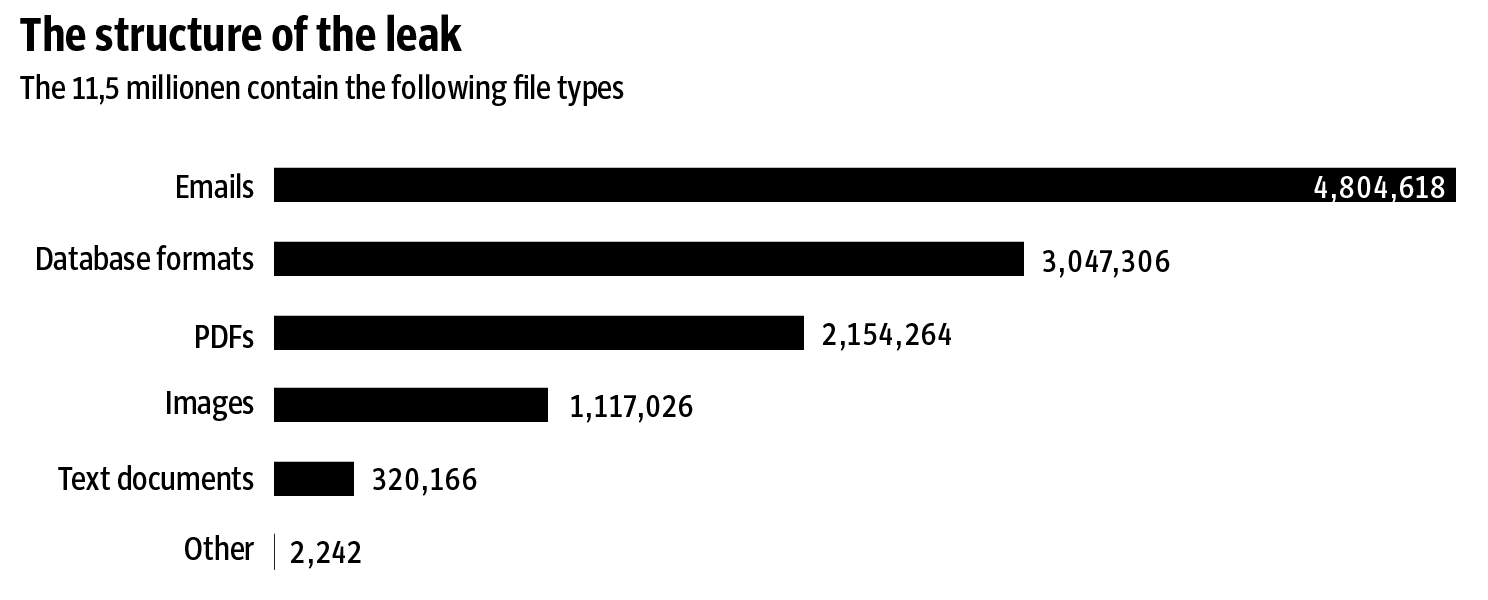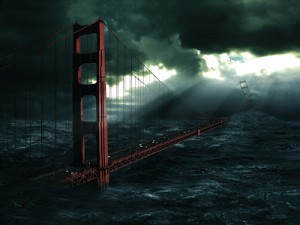Brian Thompson, CEO of UnitedHealthcare, was assassinated on Wednesday, December 4th, in New York City.
One of the first articles I read about this event was on Reuters. Here’s a paragraph from the article:
“UnitedHealth is the largest U.S. health insurer, providing benefits to tens of millions of Americans, who pay more for healthcare than people in any other country. Thompson, a father of two, joined UnitedHealth in 2004 and became the CEO of UnitedHealthcare, a unit of UnitedHealth Group, in April 2021.”
A link to the article: https://www.reuters.com/…/unitedhealthcare-ceo-fatally…/
I found this paragraph notable. And it tweaked my pattern recognition sense.
You see, on my business card, I call myself a ‘futurist’. And to me what a futurist is, is a person with good predictive pattern-recognition skills. Of course, there’s a lot of room in that definition for errors and unwanted hallucinations as well; so caution is always recommended.
Regardless, the paragraph triggered something in me.
In addition to the already stated fact of the assassination, the paragraph adds three additional facts:
1. Brian Thompson is the CEO at UnitedHealthcare
2. UnitedHealthcare is the largest US health insurer
3. Americans, pay more for healthcare than people in any other country.
Each of those are, indeed, facts. But it is the possibility of a causal relationship among them that draws one’s attention.
The assassination could have been a crime of anger or passion.
And, if so, we’ll probably soon know enough because those who commit crimes under such duress are seldom good and planning and covering their tracks.
But then, it might also not have been crime of anger or passion.
And, if it was a meticulously and well planned assassination, then I think we need to consider if it is a harbinger of things to come.
To get some insight into that question, we need to ask ourselves what viable remedies are available to the poor and middle classes of the United States as they wrestle against the ever growing power and control of the very wealthy over their lives?
Well, they can vote. They can make signs and go out and march and protest. And and they can write letters to the Editor.
Meanwhile, the wealthy have used their wealth and influence to ensure the passage of laws like “Citizens United”; which effectively gives corporations the rights of people and allows them to donate as much as they want to the individuals and political parties they favor.
And the size of those donations has, in turn, brought a significant number of law-makers around to seeing things the way that their donors see them. In other words, they’ve effectively bought control of our legislative processes.
And so, as wealth more and more flows upwards in a rigged and controlled system, what viable recourses do lesser mortals actually have?
In 2014, a billionaire, by the name of Nick Hanauer, issued a warning to his fellow billionaires. He said, “No society can sustain this kind of rising inequality. In fact, there is no example in human history were wealth accumulated like this, and the pitchfork didn’t eventually come out.”
Link: https://www.politico.com/…/the-pitchforks-are-coming…/
It would seem that the fellow who killed Brian Thompson in NYC was concerned about greed in the US medical insurance industry.
The bullet casings he left behind at the murder scene had “Delay”, “Deny”and “Depose” written on them. A clear reference to a major criticism often voiced about the medical insurance industry’s efforts to avoid paying claims.
When I read the three facts cited in the paragraph, above, I couldn’t help but wonder if the writer put them together like that intentionally as a bit of subliminal editorializing.
Was he suggesting a cause and effect relationship among the three facts? Consider them again:
1. Brian Thompson is the CEO at UnitedHealthcare
2. UnitedHealthcare is the largest US health insurer
3. Americans, pay more for healthcare than people in any other country.
So, back to the question of what options do the people on the wrong end of the power and money equation have?
Have you heard of Asymmetrical Warfare?
Asymmetrical Warfare refers to conflicts between belligerents with significantly different capabilities. In such conflicts, the weaker side will often employ unconventional methods to offset their disadvantages.
As the rich and powerful continue to increase their wealth, to the detriment of the rest of us, those who are looking into how to effectively oppose them may be beginning to think asymmetrically.
Consider the situation:,
The locations of the wealthy and powerful are often well known.
But the reverse is generally not true. There are literally millions and millions of us poorer people.
In an asymmetrical conflict, a defender has to guard against every possible attack vector whereas an attacker only has to find one avenue that works.
And ask yourself what is the most valuable thing that the wealthy and powerful have?
The one thing that lets them enjoy their wealth and power?
The answer is their LIFE.
And no matter how much wealth and power one might have, none of it matters – if you are dead.
And is there a better way to signal to the wealthy and powerful that there are limits to how far they can push the rest of us into a corner?
When Brian Thompson was killed the other day, I found myself wondered if I was seeing the first instance of Calculated Asymmetrical Warfare writ-large.
But, maybe not. Information, so far, indicates that Brian Thomson’s killer left quite a few traces behind himself and that he may be tracked down soon.
—–
Now, least anyone thinks I’m writing all of this to advocate calculated asymmetrical resistance through assassination, I want to say that I am NOT.
Consider that I could have just as easily written a crime or a spy novel in which all of the same ideas were spelled out in huge detail.
And if I had, no one would have thought that I was advocating for violence.
If this wasn’t so, then we’d have to begin now to arrest at least half the novelist and screenplay writers working today.
No, I am simply describing a pattern that I see – that very well might manifest.
There is, undeniably, a large and increasing gap between the wealth of the rich and powerful and the rest of us.
In the past, such over-the-top inequality has finally resulted in mass violence. Just think about the French Revolution.
No, at some point the obscenity of wealth beyond all reason or need and the resulting poverty of the rest of us will create its own calculus.


